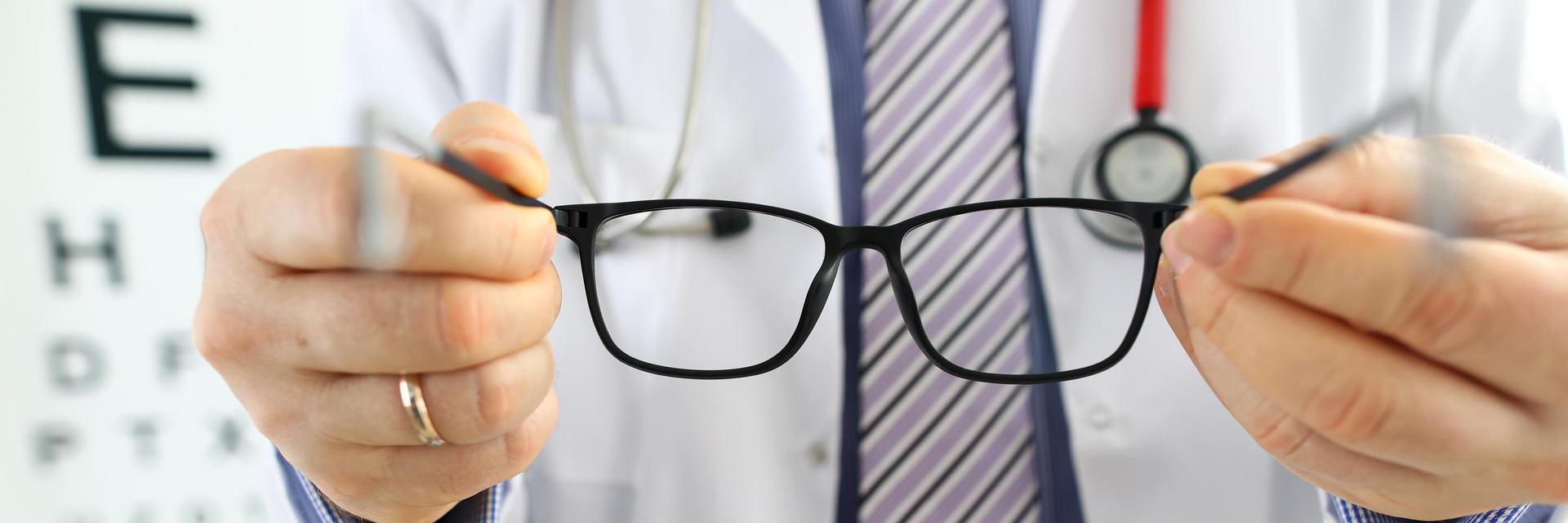
Vision and Hearing Exams
Hearing and vision exams for employees are required for jobs that must ensure employees demonstrate adequate sensory skills to perform the requirements of the job. OSHA regulations set minimum levels of visual and auditory acuity to protect workers, those they serve, and the public at large.
Employment vision exams and audiograms help ensure that employees have the proper eyesight and hearing to safely and adequately perform certain jobs. Furthermore, ongoing hearing exams monitor the effects of occupational exposures that can lead to hearing loss.
Vision and Hearing Testing Options
Hearing Exams
Vision Exams
Hearing Tests for Employees
OSHA sets requirements for hearing conservation to ensure that occupational noise exposure does not harm an employee's ability to hear. By providing these tests, emplooyers not only comply with regulations, they also help ensure the safety of their employees, the people they serve, and the community in general.
A hearing test, known as an audiogram, gives an overview of how the inner ear is functioning, including the intensity and tone of sounds, as well as any balance issues. A baseline audiogram sets the reference point to which future changes in hearing can be compared. Annual audiograms monitor any changes in hearing and help identify hearing loss as quickly as possible.
Sound is made up of pressure changes in the air caused by vibrations and turbulence. This can cause health hazards for those that work in industries with an excessive amount of noise. Hearing loss and other health problems can be a result of high noise levels. Loss of hearing can sometimes be temporary but can also be permanent.
Industries that are at risk for hearing damage include, but are not limited to the following:
-
Miners
-
Firefighters and other first responders
-
Lumberjacks
-
Construction workers
-
Airline ground staff
-
Railway workers
-
Farmers
-
Truck drivers
-
Subway conductors
-
Military
-
Welders
It is the responsibility of an employer to protect employees from these auditory hazards, and offer proper testing and monitoring. If excessive noise cannot be diminished or eliminated, proper ear protection should be provided.
Vision Tests for Employees
Vision testing is not always required but should be necessary for many professions. Medical workers such as doctors, nurses, and pharmacists need strong vision for the safety of their patients. Other professions in which vision is crucial include electricians, truck drivers, and chefs.
Because vision problems can present themselves in several ways, there are different tests to evaluate each of these. These vision exams are able to check for color-blindness, near and far visual acuity, peripheral vision, and other eye disorders.
Ishihara vision test
The Ishihara vision test is also known as the "color-blind test." It's made up of a circle of dots, ranging in size and color. Within each of these circles are numbers made with a different color. Those that are not color blind can properly pick out the number within the circle.
Testing for color blindness ensures the safety of workers who use color-coding, such as electricians, and other occupations that need to see color appropriately, like truck drivers and pilots.
Jaeger vision test
The Jaeger test checks near vision acuity. Printed on a card is text, varying in size. The employer being tested holds the card a certain distance from the eyes to read the text.
Checking for the acuity of near vision is especially important for those that work on computers or anyone that needs to read up close.
Nurses and pharmacists are two other examples. If they (or other healthcare workers) have poor vision while reading prescriptions and dosages, it could harm their patients.
Snellen vision test
The Snellen test is to check for distance visual acuity and is probably the most well-recognized vision exam. It's the one most commonly used and consists of a chart with typically eleven rows of capital letters. The letters at the top are large and they get smaller down to the bottom row.
The test is given with the employee 20 feet away from the chart. Each eye is individually checked by covering up the other eye while reading the letters.
Titmus vision test
The Titmus vision exam uses a machine to check peripheral vision, near and distance vision, binocular vision (how well the eyes function together), and/or color perception. Which of these factors being tested for an employee may depend on the occupation.
Vision screening at the time of hire is appropriate so you can be sure that your new employee has the vision to do the job. After that, how often a worker should get an exam may depend on risk factors, age, and if he or she wears corrective lenses.
It is necessary for you as an employer to ensure that each individual receives the proper tests suited for your industry. Proper hearing and vision testing not only protects your employees, but also protects your customers, clients, and patients.